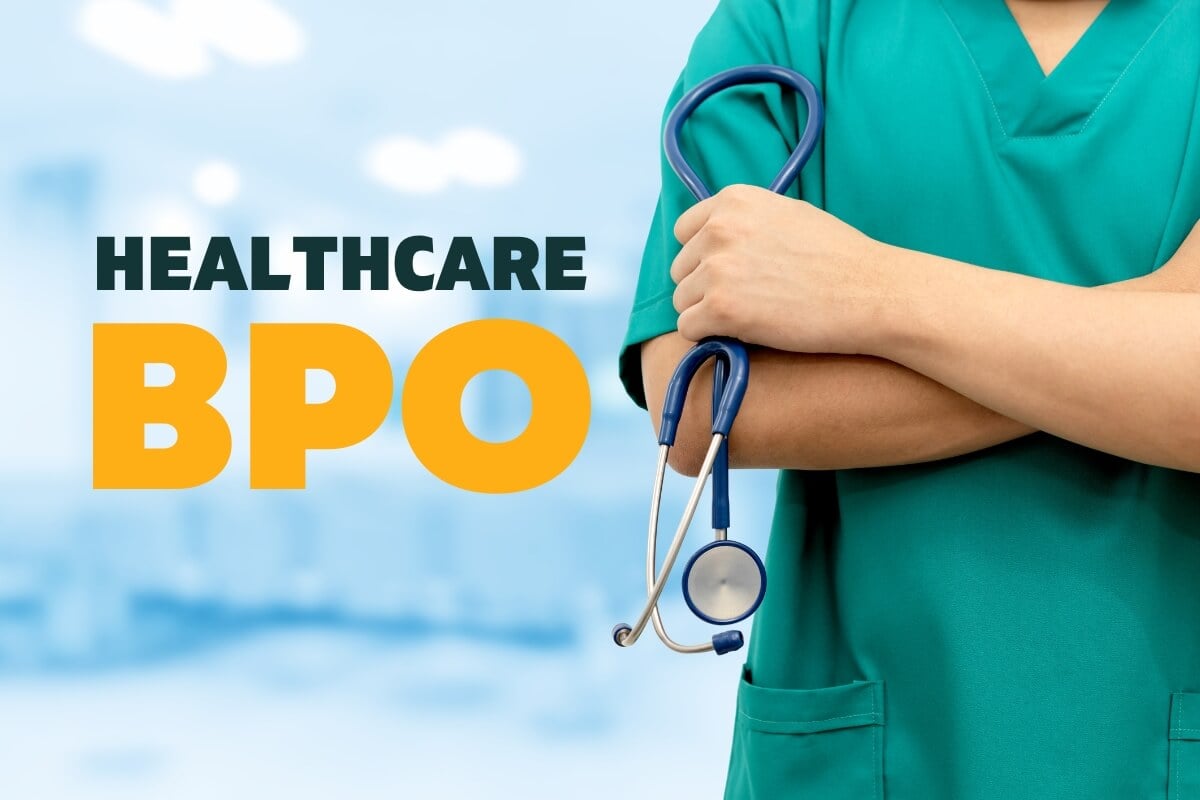Exactly How Healthcare RCM Solutions Streamline Payment and Collections
Exactly How Healthcare RCM Solutions Streamline Payment and Collections
Blog Article
A Comprehensive Overview on Exactly How Healthcare RCM Functions to Improve Billing and Collections
Navigating the intricacies of medical care revenue cycle administration (RCM) is crucial for suppliers intending to enhance their payment and collections processes. The overview unloads the complexities of RCM, from patient enrollment to accounts receivable administration, supplying insights into maximizing each step.
Recognizing Earnings Cycle Administration
Realizing the complexities of Earnings Cycle Monitoring (RCM) is important for medical care companies aiming to enhance their financial performance. RCM is a crucial management function that encompasses the entire financial procedure of person care, from the preliminary appointment establishing to the last settlement of the balance. It is a complex procedure developed to recognize, collect, and take care of the earnings from the solutions offered to people. Reliable RCM ensures that doctor get accurate and prompt repayments, minimizing the risk of revenue loss and improving cash money flow.
The RCM procedure starts when a client routines a visit and extends via the person's treatment trip, including billing and collections. A crucial goal is to lower the time between supplying a service and getting repayment, thus improving the organization's economic wellness. RCM entails various functions such as patient registration, insurance confirmation, charge capture, coding, asserts entry, repayment publishing, and handling allures and rejections.
Secret Elements of RCM
In the realm of Earnings Cycle Administration (RCM), understanding its vital components is essential to attaining economic effectiveness within medical care organizations. RCM is a comprehensive procedure that includes different stages, each crucial to ensuring effective payment and collections. The main elements include individual registration, insurance policy confirmation, charge capture, coding, case entry, repayment uploading, and receivable administration.


When coded, claims are sent to payers, where accuracy is vital to prevent delays or rejections - Healthcare RCM. Payment publishing includes recording the obtained payments, which enables the settlement of accounts. Lastly, balance dues administration concentrates on tracking and dealing with unpaid insurance claims, ensuring timely follow-up and resolution
Each element of RCM is interconnected, and inadequacies in any part can interfere with the whole cycle. As a result, mastering these elements is necessary for medical care companies to maximize revenue and improve their financial health and wellness.
Approaches for Efficient Invoicing

Standardizing billing procedures across the organization is an additional key strategy. Establishing clear guidelines for paperwork, coding, and entry helps maintain uniformity and conformity with regulatory demands. Training team routinely on these treatments makes certain everybody is up-to-date with the current modifications in payment codes and payer plans.
Precise charge capture is crucial in protecting against earnings leak. Carrying out routine audits and monitoring systems permits the identification and correction of discrepancies before they affect revenue. In addition, preserving open lines of communication with payers aids to rapidly solve any disputes or misconceptions that may arise.

Lastly, interesting patients early in the payment procedure by giving clear price quotes and educational products about their financial duties can substantially decrease confusion and enhance payment timeliness. These methods jointly add to a much more efficient and financially healthy invoicing system.
Enhancing Collections Processes
A durable collections process is crucial for preserving economic security within healthcare companies. Offered the complexities of clinical payment and the variety of payer requirements, improving the collections procedure involves implementing calculated steps that guarantee exact and prompt settlement of solutions made. Central to see this is using innovation to automate and simplify procedures, boosting and reducing manual errors efficiency. Automation devices can help in tracking case conditions, sending timely suggestions to patients, and managing rejections better.
Training staff to recognize the subtleties of insurance plan and billing codes is just as crucial. This understanding equips them to deal with billing discrepancies swiftly and communicate properly with individuals concerning their financial obligations. Furthermore, clear and clear patient interactions are vital. Giving comprehensive descriptions of fees and using adaptable layaway plan can increase client complete satisfaction and punctual payments.
Normal audits of the collections procedure need to be conducted to recognize locations for enhancement and make certain conformity with guidelines. By examining data, medical care companies can recognize patterns, expect prospective problems, and adjust approaches as necessary (Healthcare RCM). Eventually, a well-enhanced collections process not just sustains monetary health however likewise contributes to a more seamless experience for people and team alike
Optimizing Profits Streams
Building upon the structure of a solid collections process, healthcare companies can further bolster their economic security by strategically optimizing earnings streams. This entails a multi-faceted strategy, starting with a comprehensive evaluation of existing profits sources to determine ineffectiveness and areas for development. Employing advanced data analytics devices allows organizations to obtain insights right into payer mix, patient demographics, and solution use patterns, enabling data-driven choices that enhance income capture.
Carrying out automated payment systems can considerably reduce mistakes and quicken insurance claims processing, ensuring that income is accumulated much more successfully. Moreover, maximizing payer contracts via regular arrangements can improve repayment prices and terms, directly affecting the bottom line. Diversifying service offerings, such as integrating telehealth or health programs, can additionally attract a more comprehensive patient base, thus enhancing earnings possibility.
Another vital component is enhancing client interaction and contentment, as satisfied clients are more probable to abide by therapy strategies and make prompt settlements. Offering flexible payment alternatives and transparent payment techniques can improve collections and foster individual loyalty. Healthcare RCM. By embracing these methods, health care organizations can produce a much more resistant financial framework, ensuring sustained development and stability in an ever-changing industry landscape
Conclusion
Finally, health care Income Cycle Management (RCM) plays an important function in optimizing billing and collections procedures by incorporating crucial elements such as patient enrollment, insurance confirmation, fee capture, coding, declares entry, and balance due administration. By using innovative modern technology, systematizing procedures, and cultivating a fantastic read client involvement, health care suppliers can considerably decrease case denials, increase payment cycles, and enhance capital. This thorough method to RCM eventually causes improved monetary performance and sustainability for medical care organizations.
The RCM process begins when a patient timetables an appointment and extends via the individual's treatment journey, including payment and collections.Another crucial component is boosting patient interaction and satisfaction, as satisfied people are much more most likely to adhere to treatment plans and make timely repayments. Using flexible payment choices and clear invoicing techniques can improve collections and foster client commitment.In final thought, health care Profits Cycle Monitoring (RCM) plays an essential duty in maximizing payment and collections procedures by incorporating vital parts such as patient enrollment, insurance policy confirmation, cost capture, coding, asserts entry, and accounts receivable administration. By utilizing advanced innovation, systematizing procedures, and promoting individual involvement, healthcare providers can considerably decrease case rejections, pop over to this site increase repayment cycles, and improve cash flow.
Report this page